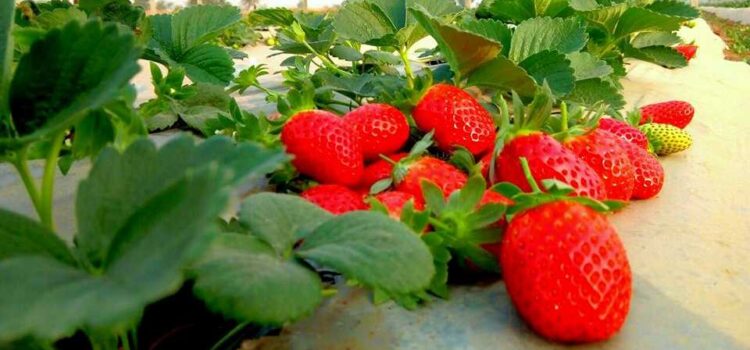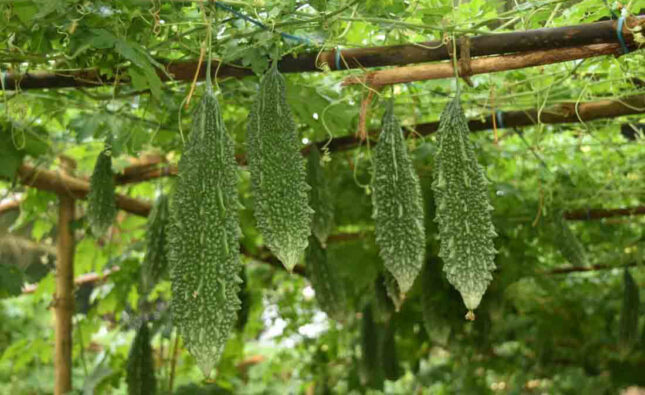Strawberry is a popular fruit known for its sweet and tangy flavor. In India, strawberry farming has gained attention due to the increasing demand for this fruit and its suitability to specific agro-climatic conditions. Here’s some information about strawberries and their farming in India:
1. Climate and regions:
Strawberry cultivation in India is mainly concentrated in regions with cool temperatures and suitable growing conditions. States like Maharashtra (especially the Mahabaleshwar region), Himachal Pradesh, Jammu and Kashmir, Uttarakhand, Punjab, and parts of Haryana are known for successful strawberry farming. These regions offer the required cool climate, moderate sunlight, and well-drained soil.
2. Varieties:
Several strawberry varieties are cultivated in India, including Chandler, Sweet Charlie, Camarosa, Festival, and Selva. These varieties have been selected for their adaptability to Indian climatic conditions and their ability to produce good-quality fruits.
3. Soil and site selection:
Strawberries thrive in well-drained soils rich in organic matter. The soil should have good water-holding capacity while allowing excess water to drain away. Raised beds are often created to improve drainage and prevent waterlogging. The site selection should consider factors such as sunlight exposure and protection from strong winds.
4. Propagation and planting:
Strawberry plants are typically propagated through runners or tissue culture. Bare-root runners or tissue-cultured plantlets are planted in raised beds or containers. Planting is usually done in late summer or early autumn to allow the plants to establish before winter. Proper spacing between plants is essential to ensure adequate airflow and minimize the risk of disease.
5. Irrigation and nutrient management:
Strawberry plants have shallow root systems, and they require regular irrigation to maintain moisture levels. Drip irrigation systems are commonly used to provide a consistent water supply while reducing water wastage. Nutrient management involves the application of organic fertilizers and balanced doses of essential nutrients to support healthy growth and fruit production.
6. Pest and disease management:
Common pests affecting strawberry plants in India include aphids, red spider mites, and fruit flies. Regular monitoring, early detection, and appropriate pest control measures are essential to minimize damage. Diseases such as powdery mildew, gray mold, and crown rot can also affect strawberry plants. Integrated pest management (IPM) practices and the use of organic fungicides can help control these issues.
7. Harvesting and marketing:
Strawberries are typically harvested when fully mature and have developed their characteristic red color. Harvesting time varies depending on the variety and climatic conditions. Proper handling and packaging are crucial to maintain fruit quality. Marketing opportunities include selling fresh strawberries, processing them into jams, jellies, or desserts, and supplying to local markets or restaurants.
Strawberry farming in India offers economic potential for farmers, particularly in regions where the crop thrives. However, it requires careful planning, knowledge of cultivation techniques, pest and disease management, and access to suitable markets. Consulting with local agricultural experts or horticulture departments can provide valuable guidance for successful strawberry farming.






